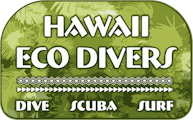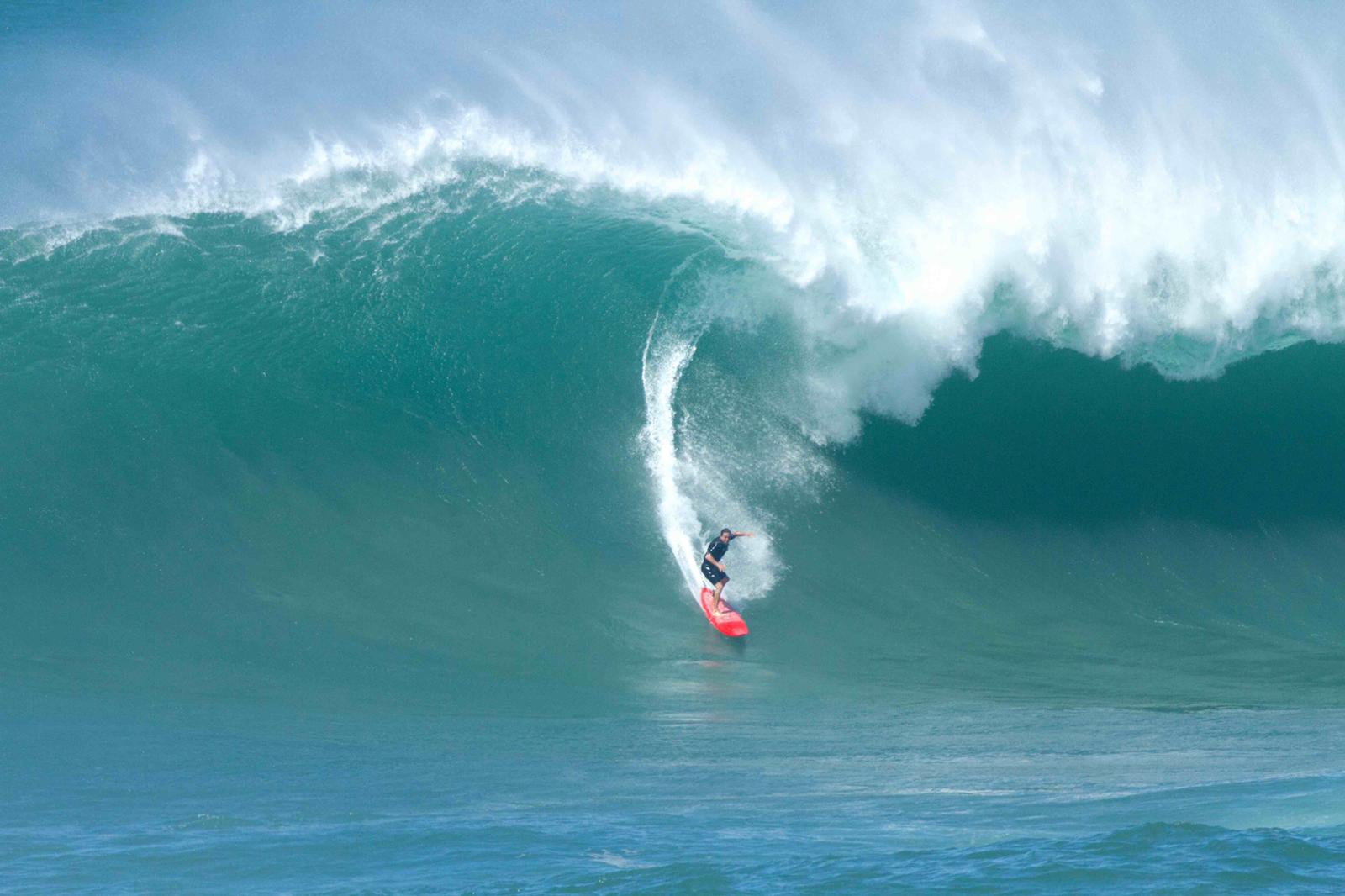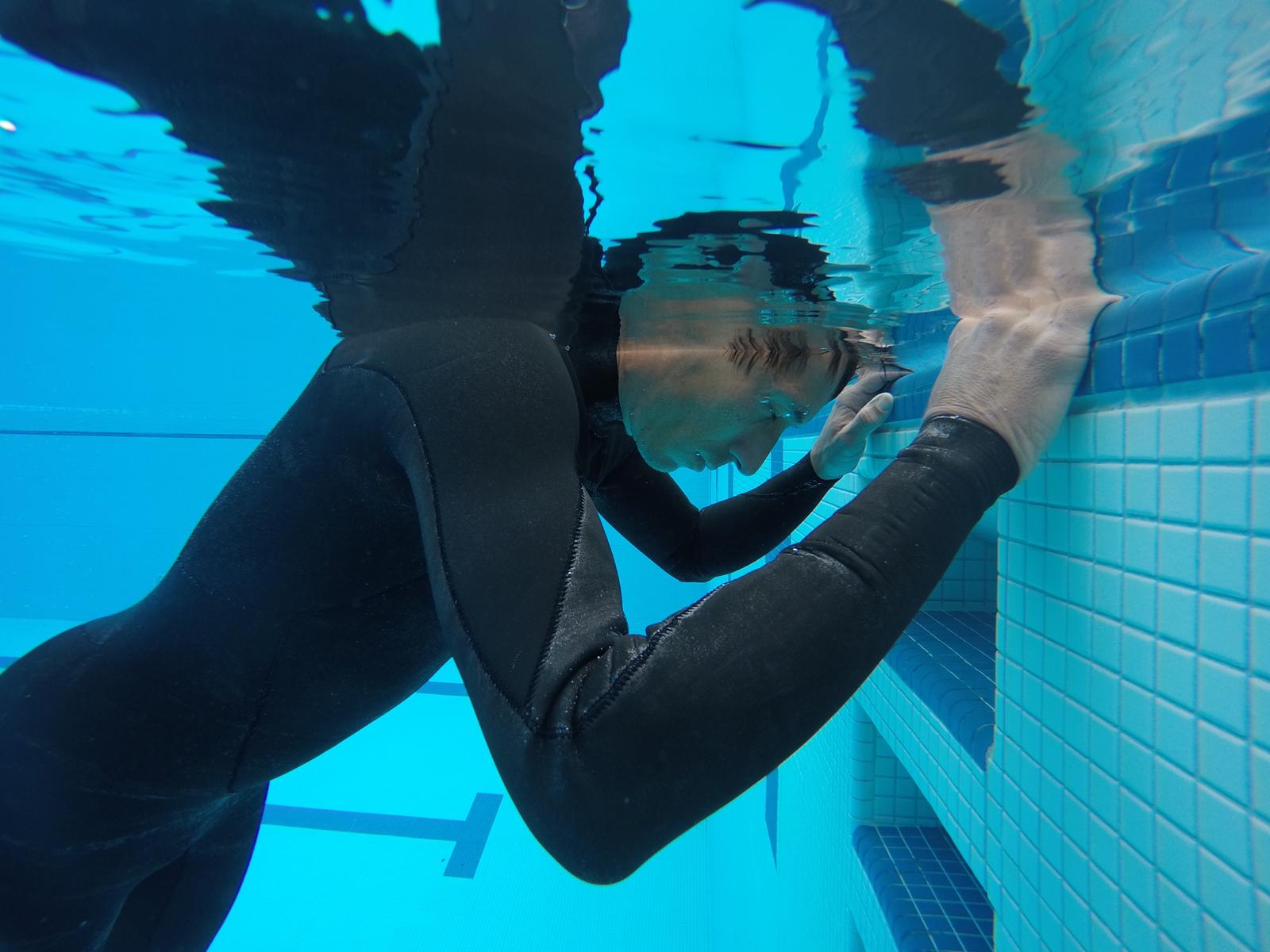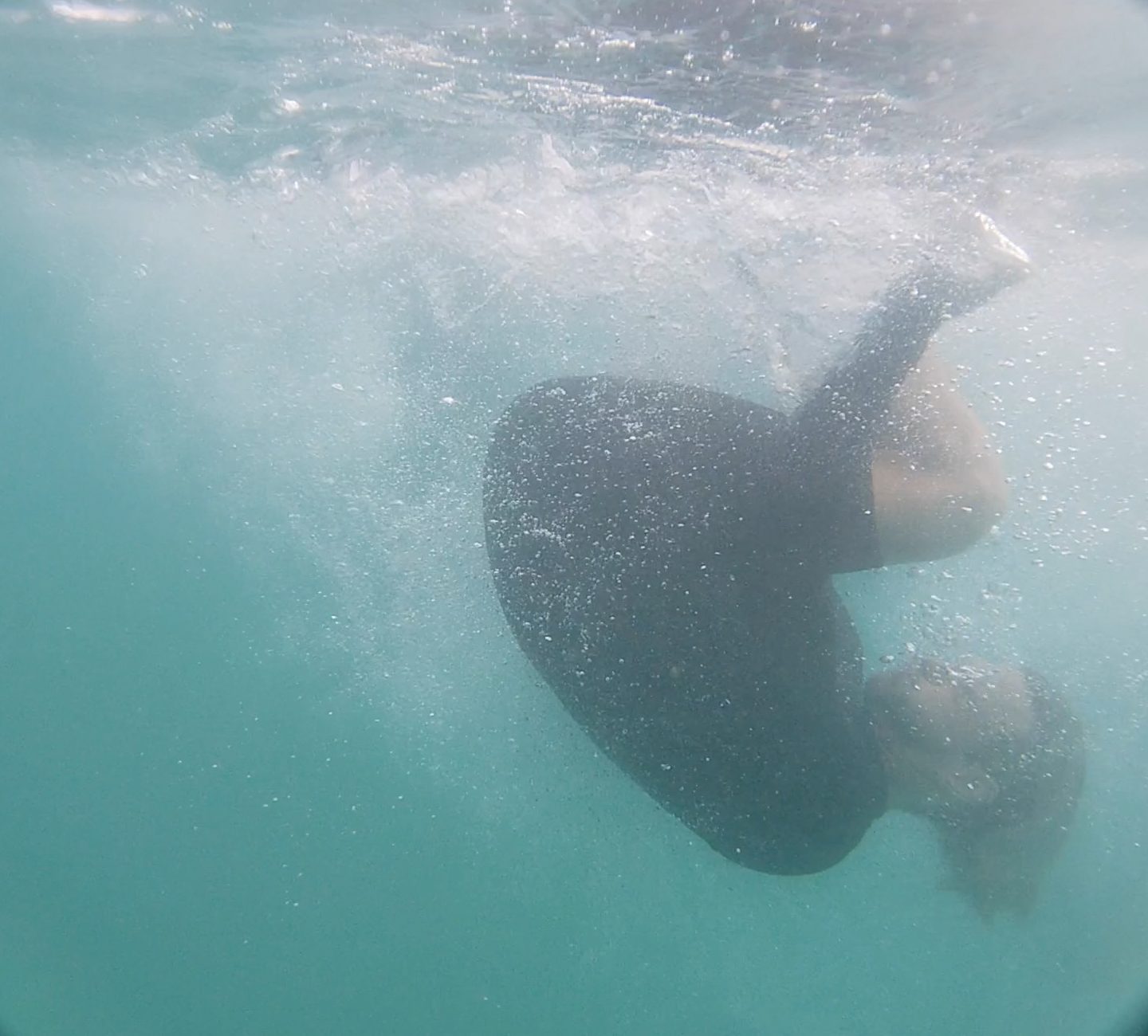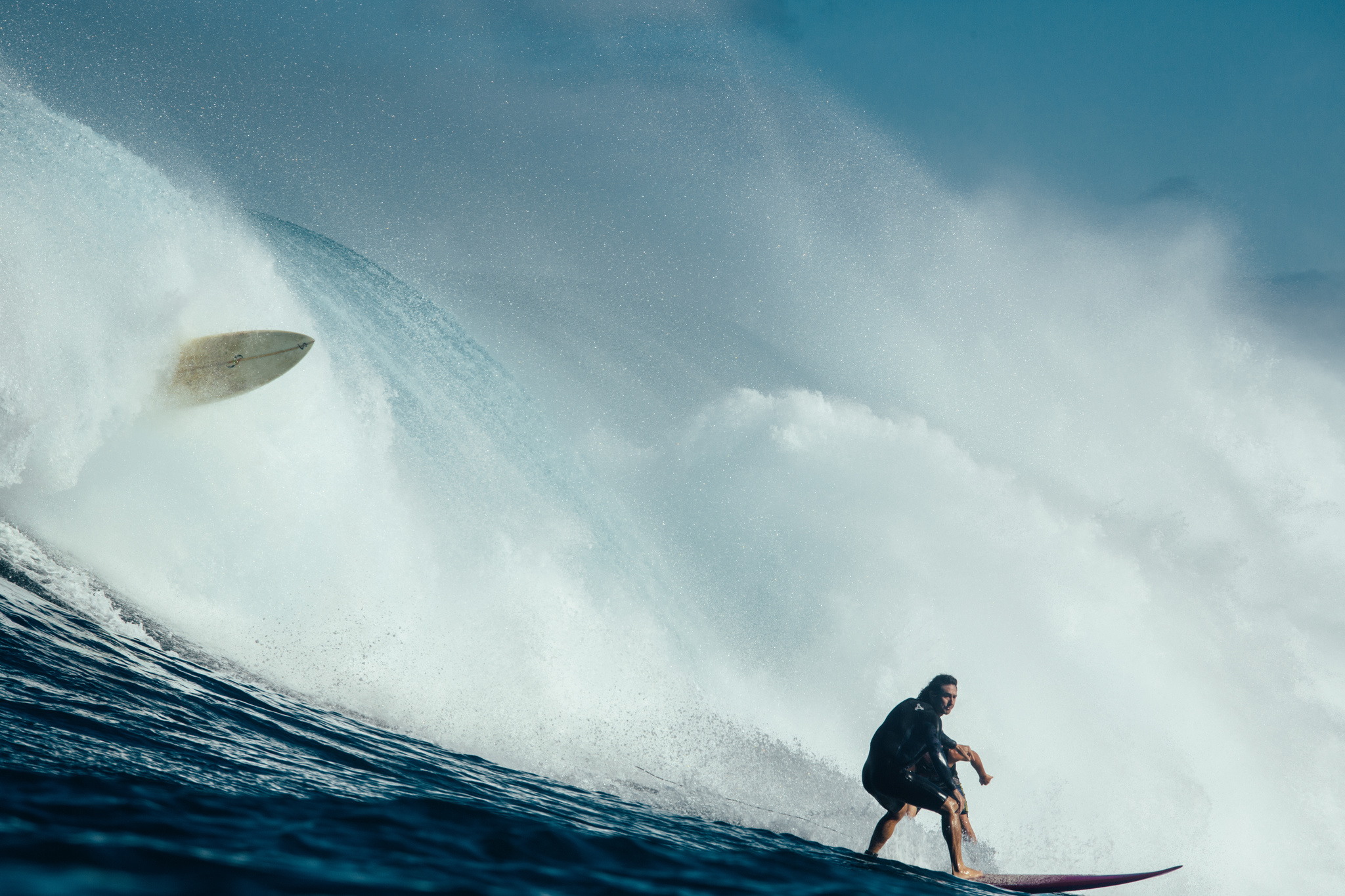THIS ISN’T FREEDIVING: APNEA TRAINING FOR SURFERS

Apnea boot camp.
That’s what the crew has been calling it all weekend. Technically it’s an “apnea training and surf survival course“, designed for surfers and other ocean athletes, but “apnea boot camp” seems more appropriate, considering we were all physically and emotionally exhausted by the end of day one—and we hadn’t even gotten into the ocean yet.
Ricardo Taveira is the man behind the program, and at first glance you’d be forgiven for thinking he’s some sort of deranged aquatic sadist. After six hours of intensive apnea exercises that mostly consist of holding your breath while being pummeled and flipped around 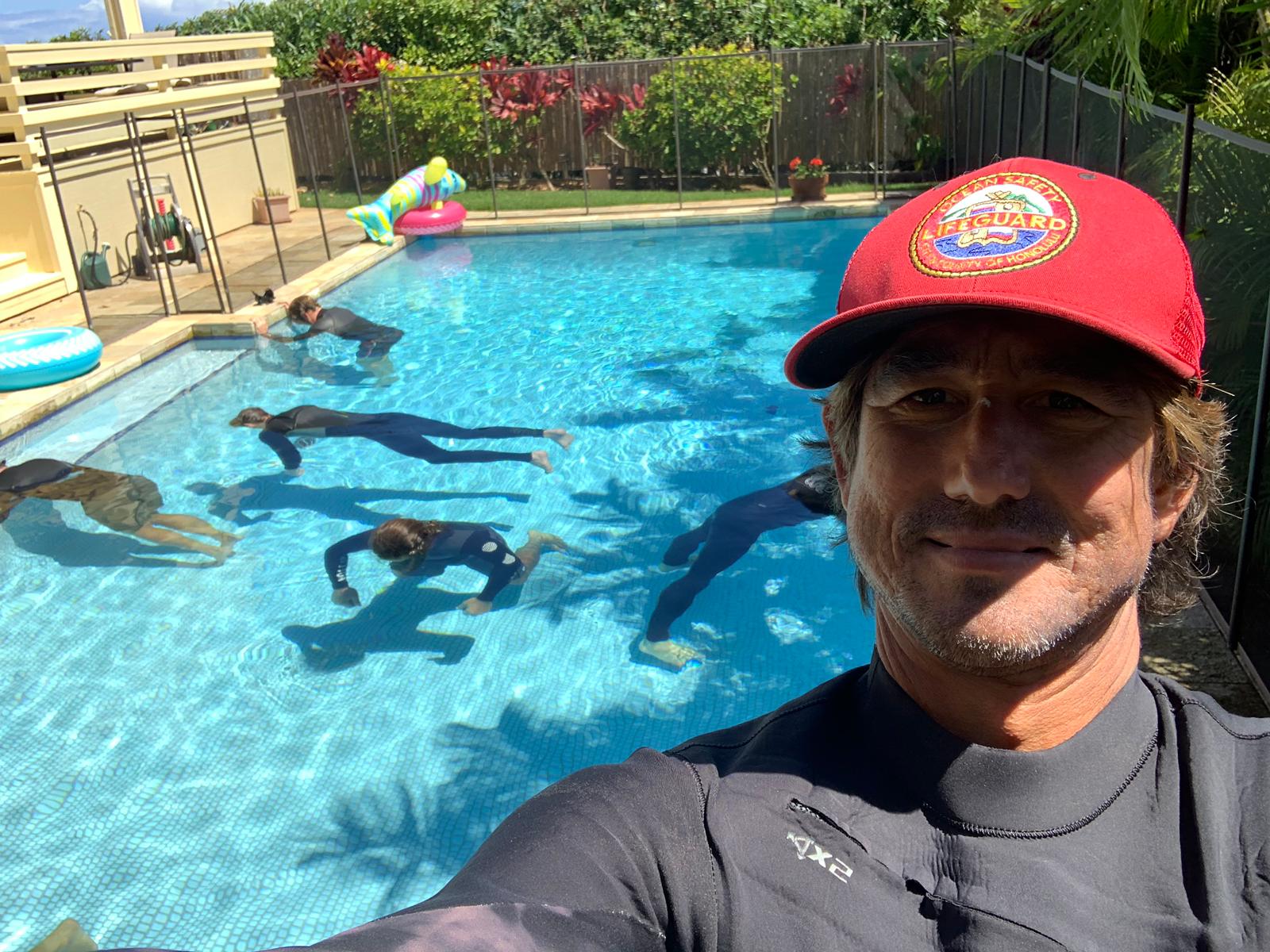 by your partner, everyone eventually finds their breaking point—and that’s exactly what Ricardo is waiting for.
by your partner, everyone eventually finds their breaking point—and that’s exactly what Ricardo is waiting for.
That’s when he yells “Another huge wave is landing on your head! You have 20 more seconds to go!” with what almost appears to be an evil glint in his eye. But if Ricardo is getting any pleasure out of torturing us, it isn’t because he enjoys making people miserable. Instead, it is because he believes deeply in what he is doing. The big wave surfer and divemaster who relocated from Brazil to the North Shore of Oahu nearly 30 years ago might be more passionate about apnea training than anyone alive.
And he’s quick to point out that this isn’t freediving apnea he is teaching.
Ricardo doesn’t care about helping you hit your personal record for deep-water dives. Instead, his course is specifically designed to prepare you for the worst beating of your life—because if you are as serious about big waves as he is, you are eventually going to find yourself in that situation. This is apnea training by surfers, for surfers. This is about survival.

Using the tools available for survival: climbing your leash to the surface after 30 a second hold down
Interestingly, only a couple of the people in our class were bona fide big wave surfers. Of the dozen who have enrolled, maybe three or four of us had been out in waves bigger than 15-foot Hawaiian (30-foot faces). The rest ranged from aspiring chargers to weekend warriors who just wanted to feel more comfortable when the waves get a bit overhead. There was even one woman in the class who had never surfed at all—she was simply interested in learning about the physiology of apnea and getting more comfortable with her physical limits so that she could better understand the Air Force pilots she counsels as a clinical psychologist.
That isn’t to say that Ricardo hasn’t taught the world’s heaviest watermen. His former alumni include dozens of
the biggest names in big wave surfing, including former world champ Jamie Sterling and current world tour competitor Trevor Carlson (watch his entry for ride of the year). He has also taught most of the North Shore lifeguards, who are allowed into Ricardo’s course for free (as is anyone who has done the class in the past and wants to repeat it). That might not sound like a very profitable business model, but it makes more sense after you spend some time with Ricardo. Once you get to know him, you begin to realize that Ricardo simply loves training for big waves, and this is his way to have more people to train with. The fees that he charges his new, non-lifeguard students barely cover facility costs.
From classroom to real life
Over the course of two days, we learned the physiology of the respiratory and circulatory system, discussed big wave preparation and safety, and did CPR and water rescue training. But the bulk of the course was dedicated to teaching us how to breathe properly, both before and during wipeouts. We spent hours learning proper diaphragmatic breathing, then applying that skill to super-oxygenate our bodies and hold our breaths longer than we thought possible.
Nearly everyone in the class set personal records for static holds
with a few of us going over five minutes. But it’s the distressed apnea that Ricardo really emphasizes. After all, when you are taking a 20-footer on the head, you aren’t exactly breathing up for five minutes and then sinking into a peaceful, meditative state while you hold your breath.
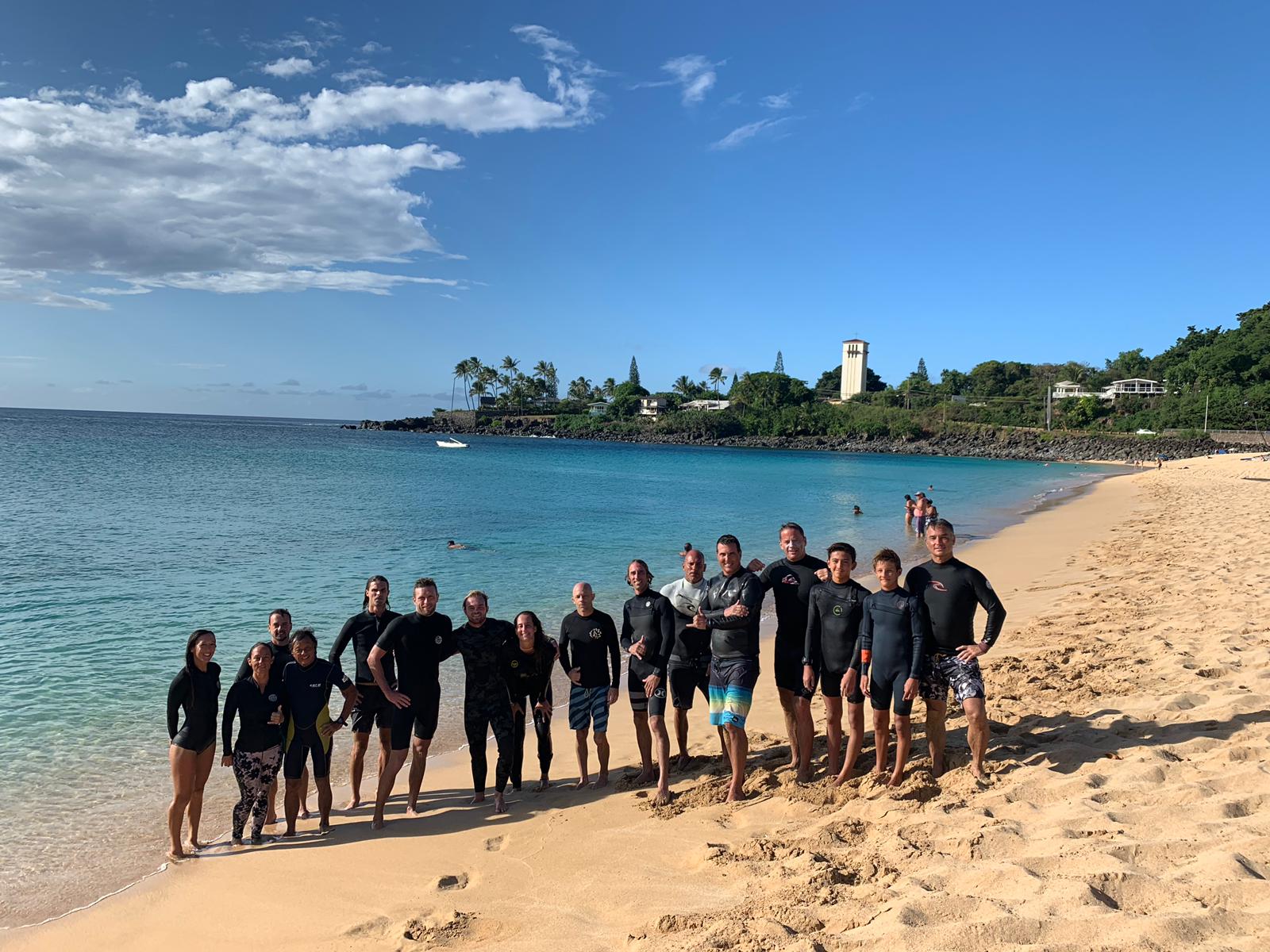
The final day of our training was held at Waimea Bay, a place that Ricardo has dedicated the past 30 years of his life to, and where he has caught numerous big waves that would make the average man wet his spring suit. We finished the course with a series of distressed holds of increasing length, until eventually everyone failed; either physically or emotionally. As we dragged exhausted bodies up the beach it was easy to feel defeated. But that’s when Ricardo gave his last pep talk of the course, his voice still strong despite two days of yelling.
“Most of you just survived two minutes of distressed breath hold—some of you even three minutes! A two-wave hold down only lasts for 40 or 50 seconds. Now you know that you are ready to survive whatever the ocean throws at you!”
Just like that, Ricardo zoomed off to the airport and a flight to South America. There he would lead apnea and surf survival courses throughout Brazil and Chile over the next month. He would also be surfing the biggest waves the countries have to offer whenever swells pop up, of course. The rest of us limped home to pass out and recover, telling ourselves that we’ll never practice apnea again. Deep down though, we knew that was a lie. We knew that as soon as Ricardo got back we’d be the first to sign up for his next torture session.
Written by Matt Rott
Edited by Shawnee Canjura
